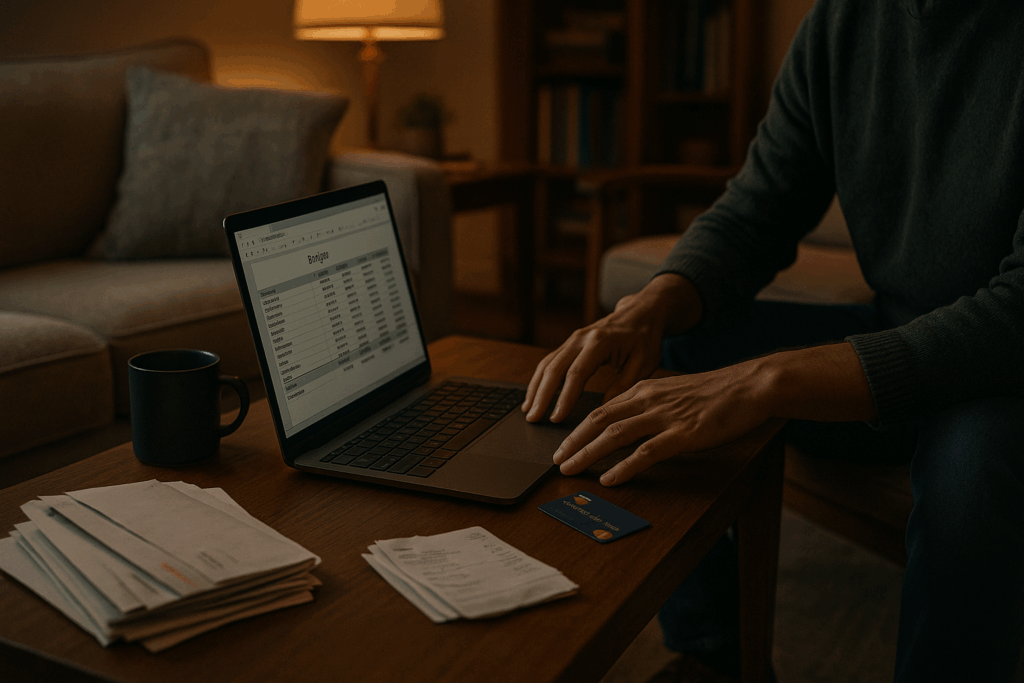Rising financial stress is shaking the foundation of many American households. With interest rates climbing and the cost of living increasing steadily, more families are relying on plastic to cover everyday expenses. The result? A historic spike in revolving balances that paints a worrying picture for long-term financial stability.
This article explores the growing problem, how it came to be, and what it means for your wallet. The goal is to help readers better understand the forces driving this financial trend and how to navigate it. By shedding light on the issue and offering realistic strategies, we aim to empower individuals to make informed financial decisions.
How Americans fell into the credit trap

The past few years have seen a perfect storm brewing. After pandemic-related stimulus faded and inflation soared, consumers turned to credit to maintain their lifestyles. According to recent data from the Federal Reserve, revolving debt, which includes credit card balances, surpassed $1.3 trillion in early 2025—a record high. While some of this debt comes from big-ticket purchases, much of it is used for essentials like groceries, gas, and medical bills.
This shift in behavior marks a departure from the past. Instead of using credit cards as backup, many are now leaning on them as lifelines. With interest rates often above 20%, this dependence creates a dangerous cycle. The more people charge, the harder it becomes to pay it off—especially as minimum payments rise alongside balances.
High rates deepen the hole
Unlike mortgages or student loans, most credit card interest rates are variable, meaning they’re tied to Federal Reserve policy. As the Fed raised rates to combat inflation, borrowing became more expensive across the board. Today, average annual percentage rates (APRs) on credit cards hover near 24%, significantly higher than just a few years ago.
This makes even small debts snowball fast. For example, a $2,000 balance at 24% APR takes nearly two decades to pay off with minimum payments—costing over $4,500 in interest. Add that to everyday expenses and stagnant wages, and it’s no surprise that delinquencies are rising, especially among younger borrowers and lower-income families.
The impact on everyday life
Beyond the numbers, the emotional and practical toll of rising balances is real. Constant worry about bills can lead to stress, anxiety, and strained relationships. Many households find themselves cutting back on essentials, skipping savings, or postponing important financial goals like buying a home or starting a family.
Credit scores also take a hit when balances stay high or payments are missed. This limits access to better financial products and can even affect job opportunities in some sectors. What starts as a short-term fix can evolve into a long-term burden. Over time, this financial strain can erode confidence, making it harder for individuals to take proactive steps toward recovery.
Breaking the cycle
Fortunately, there are ways to regain control. One effective approach is the snowball method—paying off the smallest balances first to build momentum. Alternatively, the avalanche method focuses on the highest interest rates to minimize costs over time. Whichever strategy you choose, consistency is key.
Other tools include balance transfer cards with promotional 0% APR periods or debt consolidation loans that lower monthly payments. Budgeting apps can also help track spending and identify problem areas. If the situation becomes overwhelming, credit counseling services offer personalized support without judgment.
